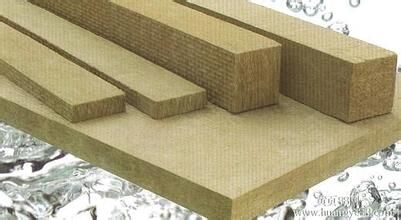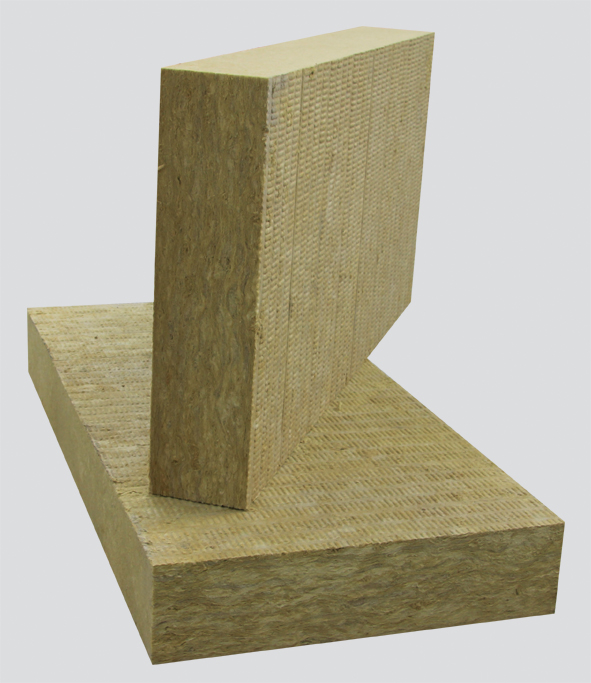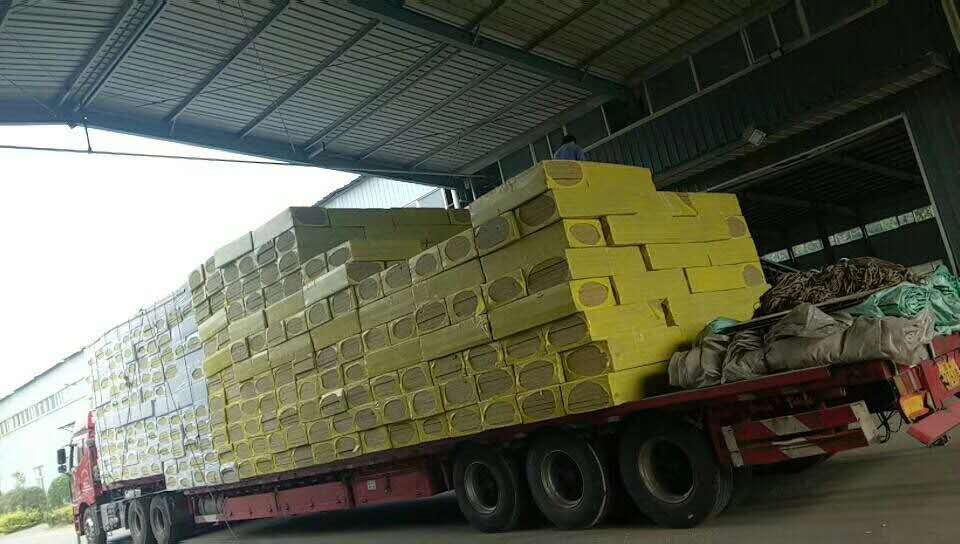Computer simulation of polymer molecular trains in macromolecular bulletin teaching Yang Haiyang, Yi Yuanping, Zhu Pingping, He Pingyu (Department of Polymer Science and Engineering, University of Science and Technology of China, Hefei 230026, China) The program running interface is in the “parameter setting†area. The “chain length†input box is used to set the number of statistical units for the polymer chain generated, ie the degree of polymerization N ranges from 0 to 300 (which can be larger, depending on the configuration of the computer). The “Number of calculations†input box is used to set the Try to generate the number of polymer chains. It should be noted that the number of calculations is not the same as the number of successfully generated polymer chains. The number of successfully generated polymer chains is usually less than the number of calculations because not every change in the position of the chain unit will produce a valid high. If the molecular chain does not meet the requirements of the model, the calculation is invalid and the next calculation is performed. Since the number of successfully generated polymer chains is still very large, a certain value must be set in the “Sampling interval†input box. This simply displays the morphology of some polymer chains selectively. For example, set the sampling interval to 1000, indicating that if Approximately 500,000 polymer chains were successfully generated. In the main program window, only the shape of one of the 1,000 chains is displayed. A total of 500 chains can be displayed, and 5 (1) is displayed in the "Get Number of Chains" box. Through the "Next" button, you can browse the resulting 500 polymer chains in turn in the main window. Of course, the 500 chains have different shapes. You can also click on the "Select" box to open the dialog box shown, enter the number in the "Input" box, in the main window you can browse the corresponding polymer chain form, note: the selected number can not exceed "Get chain Number" shows the value. In the “Output Results†area at the lower right of the main window, the mean square distance and mean square radius of rotation of the resulting polymer chain are shown. This is the result of statistical averaging of about 500,000 chains.
After inputting the “1:i†“Selection†window, the setting of the operating parameters of the Polymer Bulletin 4.2 program is completed. Click the “Start†button to start the program.
First generate an extension chain, as shown.
The initial shape of the polymer chain-extension chain spacing is 1000, indicating that a total of approximately 373,000 chains were generated, but only 373 of them were displayed. Entering 20 in the input box indicates that the 373 chains are The 20th.
Self-avoiding walking chain 4.3 Calculate the average size of different chain length macromolecules Set a chain length N such as 50, set the number of calculations to 1 million times, and the sampling interval to 1000. Click on the "Start" button to start calculating directly in the main window of the program It is observed that the shape and size of the chain are constantly changing. After the calculation is completed, the mean square end distance is recorded from <h2>71994-2015 China Academic Journal Electronic Polymer Bulletin and the mean radius of gyration <R2>.
In order to change the number of calculations and the sampling interval, set different values ​​in the Chain Length box. After each calculation is completed, the records corresponding to the 44 verification scale are as shown in the figure. In the logarithmic coordinate system, 〈h2〉 and 〈R2〉 are plotted against the corresponding N, and the slope is obtained, that is, 2> and The scale rule of 〈,〉 is, from 1 chain, young 2>51,<and 2>5., to Na chain, young 2>. 6, <and 2> N1.2, which is in good agreement with the theoretical value.
Mean-square end-to-end distance plots for the degree of polymerization mean radius of gyration for plots of degree of polymerization Since 2002, two experiments have been set up for this student. Students respond well and agree that computer experiments should be introduced into polymer physics teaching. It is undoubtedly very helpful to further understand the morphology of polymer chains and the characteristics of polymers.
1,The excellent performance of Fireproof Rock Wool Insulation / Mineral Wool Insulation
The rock wool have higher strength and better elasticity. The folded rock wool board with certain compression resistance has greater drawing strength, and it does not tend to peel off and has greatly improved durability.
2,The Advantage of Fireproof Rock Wool Insulation and Mineral Wool Insulation
1) Small coefficient of heat conductivity and good capability of heating preservation;
2) Excellent fireproof capability, Excellent sound absorption and sound insulation capability;
3) Green building materils and no harm for body;
4) The rock wool has higher and better elasticity;
6)The folded rock wool board with certain compression resistance has greater drawing strength, and it does not tend to peel off and has greatly improved durability.
|
Thickness (mm) |
30~100 |
100~150 |
|
Density (kg/m3) |
100~200 |
70~180 |
|
Size (mm) |
1200*630 1000*630 1000*600 |
|



Rockwool Board
Rockwool Board,Rock Wool Sheet,Rock Wool Slab,Board Insulation Rockwool
HEBEI HENGDA SEALING MATERIALS CO.,LTD. , https://www.hengdasealing.com